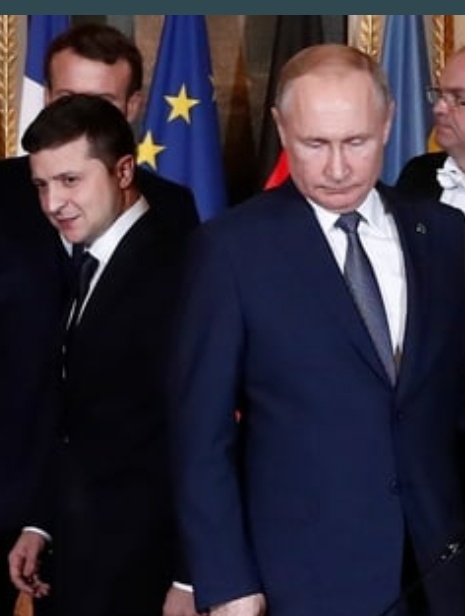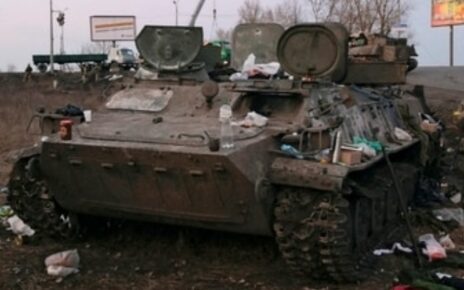- Russia resumes offensive in Ukraine after day-long ceasefire in two cities.
- 1.37 million people have fled Ukraine since Russia’s invasion: UN data.
- Blinken visits Ukraine border as refugees spill into Poland, reports AFP.
- Zelenskiy asks for aircraft during call with US senators.
- Amid Ukraine war, Sweden’s Gotland anxious over conflict with Russia, reports AFP.
- ‘Countries declaring no-fly zone over Ukraine to be considered in armed conflict with Russia’
- Russia’s special groups unable to reach Indians in northeast Ukraine, says envoy Denis Alipov.
Formed in a fury to cou.nter Russia’s blitzkrieg attack, Ukraine’s hundreds-strong volunteer “hacker” corps is much more than a paramilitary cyberattack force in Europe’s first major war of the internet age. It is crucial to information combat and to crowdsourcing intelligence .
“We are really a swarm. A self-organizing swarm,” said Roman Zakharov, a 37-year-old IT executive at the center of Ukraine’s bootstrap digital army. His group’s inventions run from software that lets anyone on the planet with a smartphone or computer participate in distributed denial-of-service attacks on official Russian websites to bots on the Telegram messaging platform that block disinformation, let people report Russian troop locations and offer instructions on assembling Molotov cocktails and basic first aid.Zahkarov ran research at an automation startup before joining Ukraine’s digital self-defense corps. His group is StandForUkraine. Its ranks include software engineers, marketing managers, graphic designers and online ad buyers, he said.The movement is global, drawing on IT professionals in the Ukrainian diaspora whose handiwork includes web defacements with antiwar messaging and graphic images of death and destruction in the hopes of mobilizing Russians against the invasion.“Both our nations are scared of a single man — (Russian President Vladimir) Putin,” said Zakharov. “He’s just out of his mind.” Volunteers reach out person-to-person to Russians with phone calls, emails and text messages. They send videos and pictures of dead soldiers from the invading force from virtual call centers.




